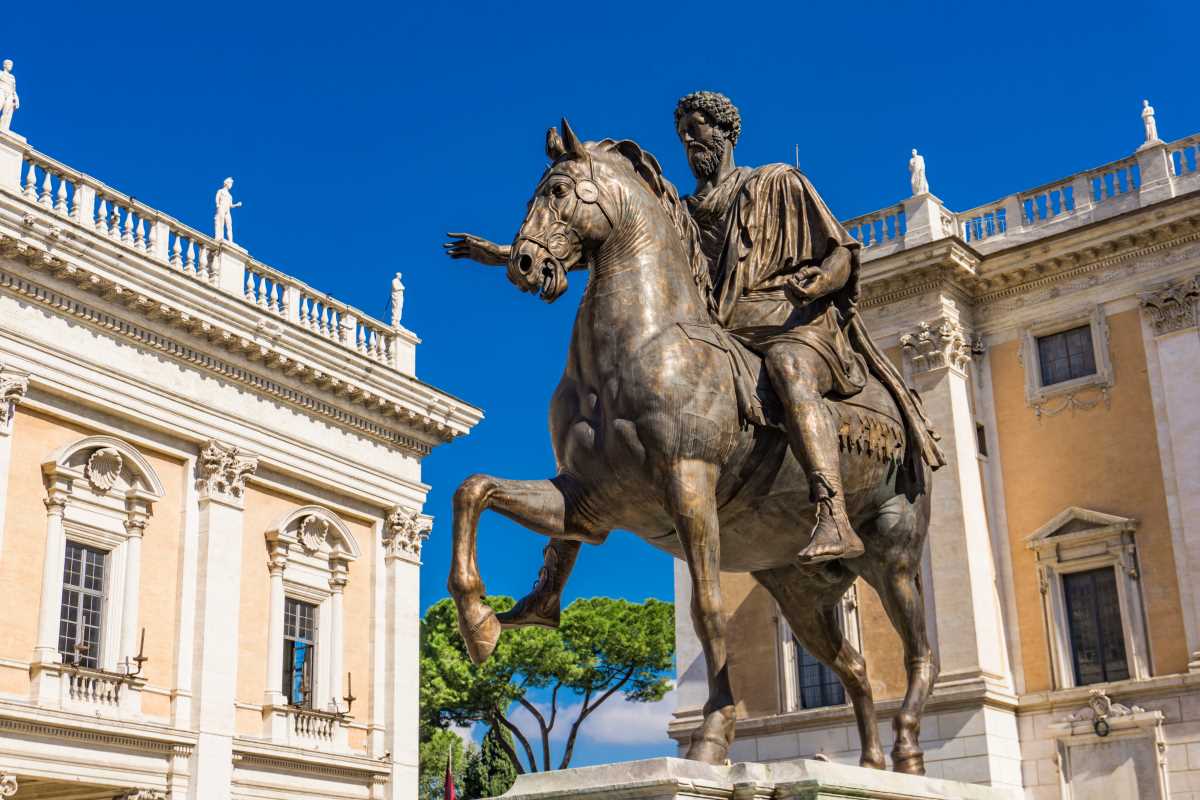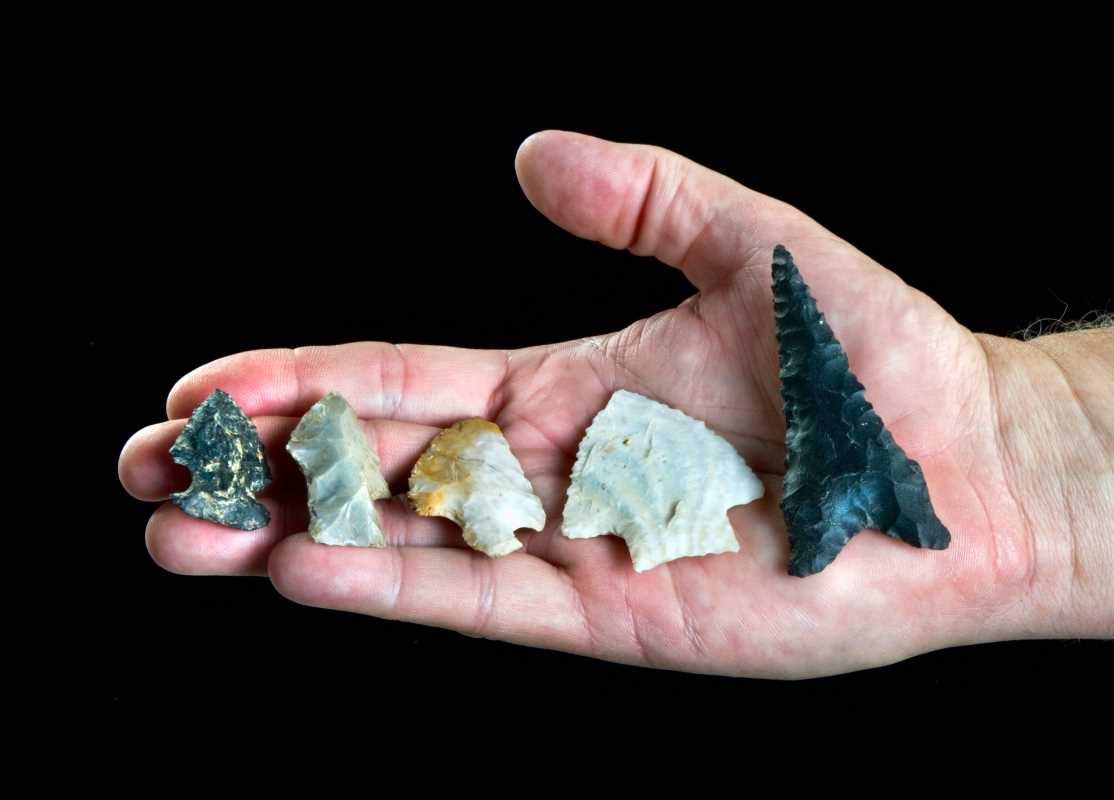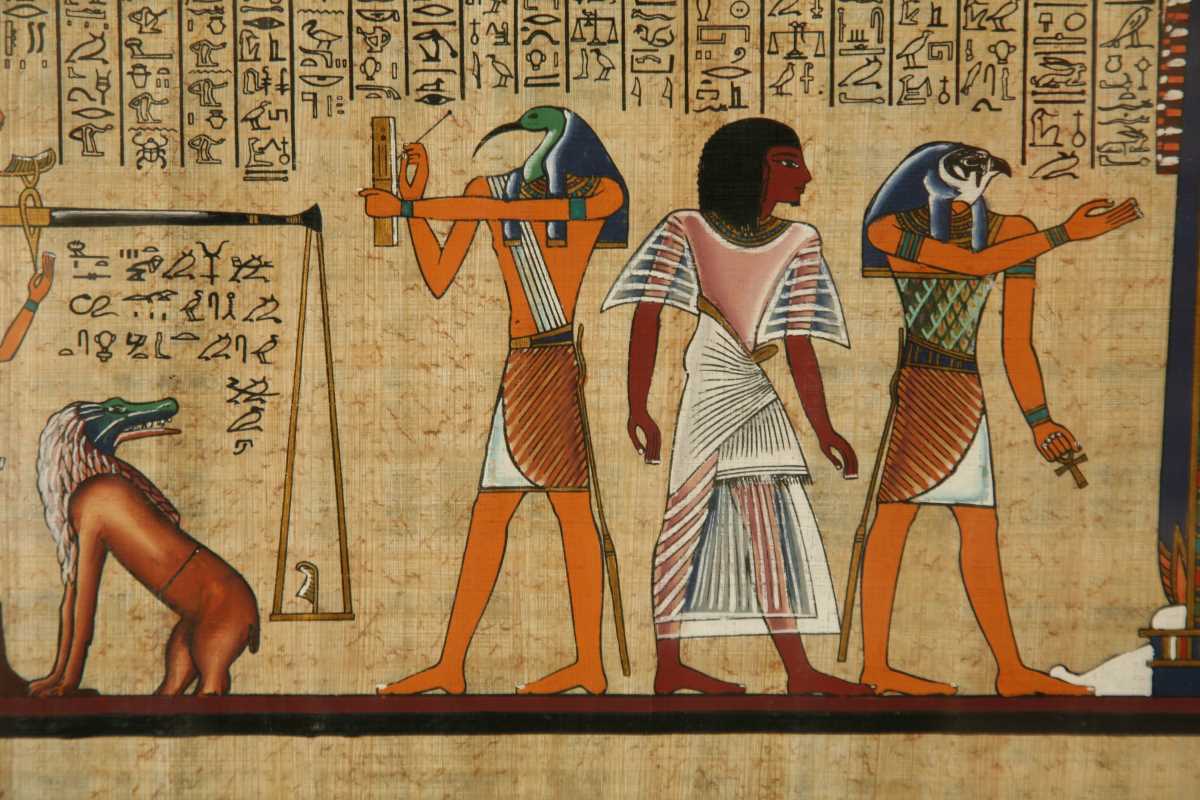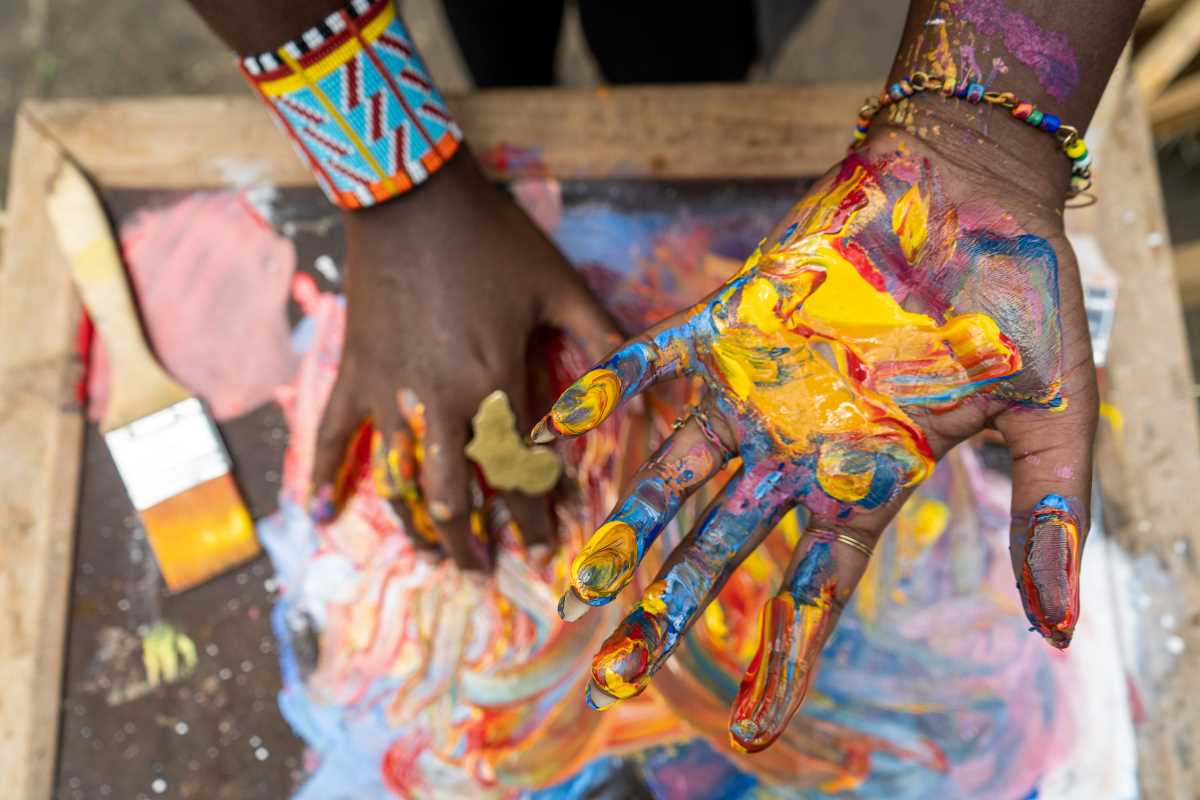Art has always been humanity's way of leaving a mark on the world. Long before books and digital archives, ancient civilizations used art to record their rituals, beliefs, and daily lives. From intricate carvings on temple walls to beautifully painted pottery, these creations have become windows into the past. They give us a glimpse of how people lived, what they valued, and how they understood the world around them.
But why was art so important for these societies? How did it preserve their stories, and why does it continue to matter today? To answer these questions, we’ll explore art's role in capturing the essence of ancient civilizations. We’ll look at the types of art they created, the stories these works tell, and how they’ve withstood the test of time to connect us with our ancestors.
Art as a Storyteller
When we think of storytelling, we often picture words on a page. But before writing systems were widely developed, art served as the primary way to record information and ideas. Ancient artists used symbols, shapes, and colors to communicate meaning, making their work accessible to anyone who saw it.
Visual Language
For ancient civilizations, art wasn’t just for decoration; it was a form of language. Egyptian hieroglyphics, for example, were both artistic and functional. These intricate symbols adorned tomb walls and monuments, telling stories of gods, kings, and the afterlife. Even if someone couldn’t read the hieroglyphs, the images themselves could convey important messages.
Similarly, the art of the Mayans included detailed carvings and paintings that depicted historical events, religious rituals, and royal lineage. These works provided visual records of their society's structure and beliefs, ensuring their culture would not be forgotten.
Capturing Daily Life
Art also preserved the day-to-day lives of ancient people. Pottery found in Greece, for instance, often features scenes of marketplace activities, athletic competitions, and theatrical performances. These images reveal not only how ancient Greeks lived but also what was important to them, such as community gatherings and cultural traditions.
The Role of Monuments
While smaller art pieces like pottery and jewelry tell individual stories, large monuments and architectural wonders serve as grand testaments to ancient civilizations’ power and ingenuity. These structures are often rich in artistic detail, offering insights into the cultural and spiritual values of the people who built them.
Temples and Shrines
Religious structures are some of the most artistically significant monuments from ancient times. Temples in Egypt, like the temples of Karnak and Luxor, were covered in elaborate carvings and paintings depicting gods, pharaohs, and sacred rituals. These works connect us with the spiritual beliefs of the time and show us how deeply religion shaped their society.
The same can be said for structures like the Parthenon in Greece or Angkor Wat in Cambodia. Each of these buildings is adorned with art, from sculptures to reliefs, that tells the story of the gods, rulers, or myths that inspired their construction.
Pyramids and Tombs
Pyramids are perhaps the most recognizable symbol of ancient civilizations. Whether it’s the pyramids of Giza in Egypt or the step pyramids of Mexico, these monumental structures were both architectural feats and works of art. They often housed intricate carvings and treasures that offered a glimpse into the afterlife beliefs and burial customs of these cultures.
For example, the tomb of Pharaoh Tutankhamun contained an array of beautifully crafted items, from golden jewelry to painted furniture. These objects tell us about ancient Egyptian craftsmanship and give us clues about how they prepared their rulers for the afterlife.
Art as a Way to Honor the Gods
One of the primary purposes of art in ancient civilizations was to honor the divine. Whether through statues, frescoes, or ceremonial objects, art was often intertwined with spirituality and worship. These creations weren’t just expressions of faith; they were also ways for communities to strengthen their connection to the gods they revered.
Devotional Statues and Icons
From the massive statues of Buddha found across Asia to the intricate carvings of Hindu deities in India, religious art often served as a focal point for worship. These pieces weren’t always created for display; many were intended for spiritual rituals or private devotion.
Even in ancient Mesopotamia, statues of gods were placed in temples to act as representations of divine presence, watching over both worshippers and rulers.
Artistic Offerings
Art was also a form of offering to the divine. In South America, civilizations like the Incas created intricately woven textiles as gifts to their gods. These textiles were not only valuable because of the craftsmanship they required but also because they often depicted symbols of fertility, nature, and prosperity.
Preserving History Through Symbolism
One of the most fascinating aspects of ancient art is its use of symbolism. Many societies used symbols to represent complex ideas or significant events, allowing their art to communicate messages across generations.
Color and Meaning
Colors often held deep significance in ancient art. For instance, the Egyptians used specific colors to represent different concepts. Blue was associated with life and rebirth, while gold symbolized eternity and divine power. By studying these color choices, modern researchers can better understand the messages ancient artists were trying to convey.
Patterns and Motifs
Recurring patterns and motifs also played a role in preserving stories. The spiral designs found in Celtic art, for example, are believed to represent concepts like the cycle of life and the connection between natural and spiritual worlds. Similarly, Native American pottery often includes symbols of animals, plants, and natural forces, each carrying unique cultural meanings.
The Challenges of Time
While art has proven to be an incredible tool for preserving history, it’s not immune to the ravages of time. Natural disasters, human conflicts, and environmental changes have all threatened the survival of ancient works.
Efforts to Protect Art
Thankfully, archaeologists and preservationists work tirelessly to save these treasures. Excavations have uncovered buried artifacts, while advanced technology has allowed researchers to restore faded paintings or reconstruct broken sculptures. These efforts ensure that future generations can continue to learn from the art of the past.
Cultural Heritage Debates
The modern world also raises questions about the ownership of ancient art. Some artifacts were taken from their countries of origin during colonial times and are now housed in museums far from where they were made. This has sparked debates about whether such treasures should be returned to their original communities, where they hold deep cultural significance.
 (Image via
(Image via




